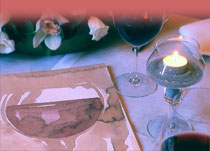SIPS . . . DIVINE WINE & FOOD ADVENTURES IN SANTA YNEZ VALLEY By Bonnie Carroll 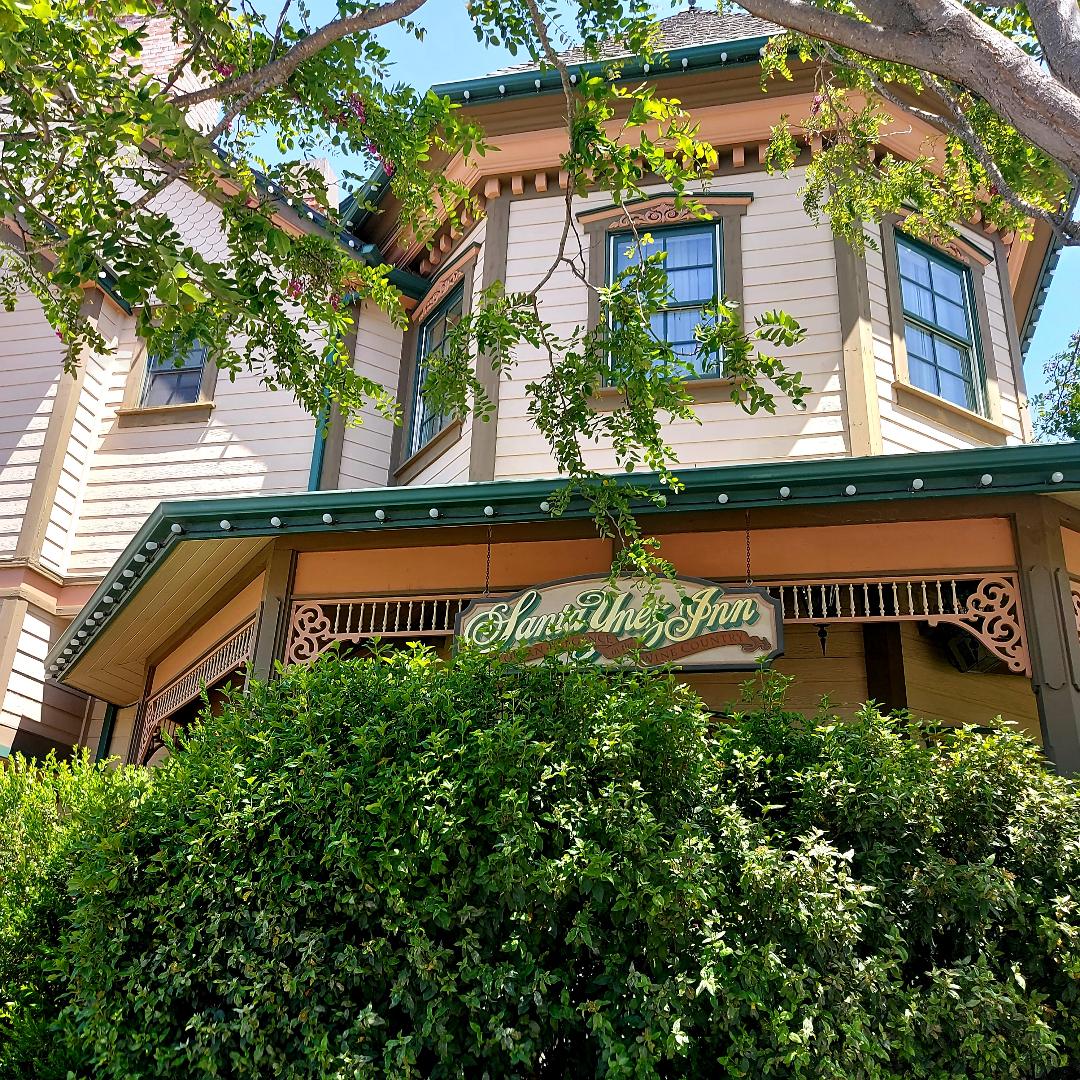
The Genevieve - Formerly Santa Ynez Inn Take a wine weekend escape trip and visit The Genevieve Hotel, formerly the Santa Ynez Inn, featuring the new Victor Restaurant & Bar. Explore the Santa Ynez Valley Wine Country on one of many fun tours. Visit 2-3 wineries in a van or wine shuttle service to learn about local history from a well-versed tour guide. Travel in comfort and style from your pickup in central Santa Barbara or SYV, onboard an air-conditioned van, enjoy lunch, learn the secrets of wine production from our guide, take in the spectacular scenery of the vineyards of partner wineries, view historic Santa Ynez Mission, Chumash Casino and reservation, charming streets of Danish Solvang and beautiful views along the journey to and from Santa Ynez Valley wine country. My own memorable wine journey in Santa Ynez Valley included a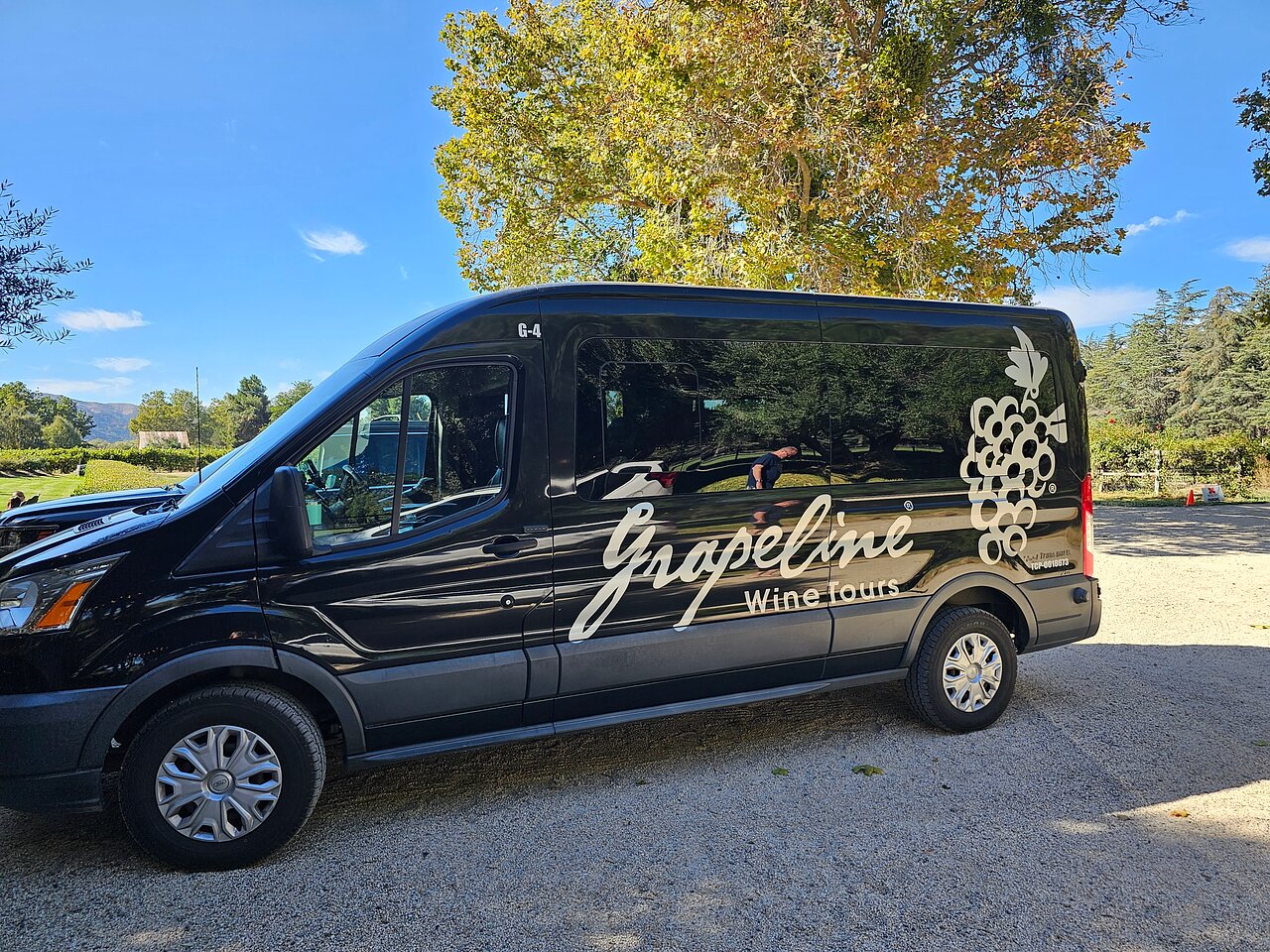 day trip with door-to-door service in a lovely van, driven by a fun-loving tour guide who was overflowing with knowledge about this unique and beautiful wine growing center. The views traveling to SYV are breathtaking, and a delicious picnic lunch at the Vincent Vineyard on their outdoor patio, with a walking tour of the vineyard was outstanding. Our group visited a bevy of lovely wine destinations including Roblar Winery, Sunstone, Gainey, and Kalyra (the actual movie site for “Sideways”), where Australian hospitality reigned suprime. day trip with door-to-door service in a lovely van, driven by a fun-loving tour guide who was overflowing with knowledge about this unique and beautiful wine growing center. The views traveling to SYV are breathtaking, and a delicious picnic lunch at the Vincent Vineyard on their outdoor patio, with a walking tour of the vineyard was outstanding. Our group visited a bevy of lovely wine destinations including Roblar Winery, Sunstone, Gainey, and Kalyra (the actual movie site for “Sideways”), where Australian hospitality reigned suprime. 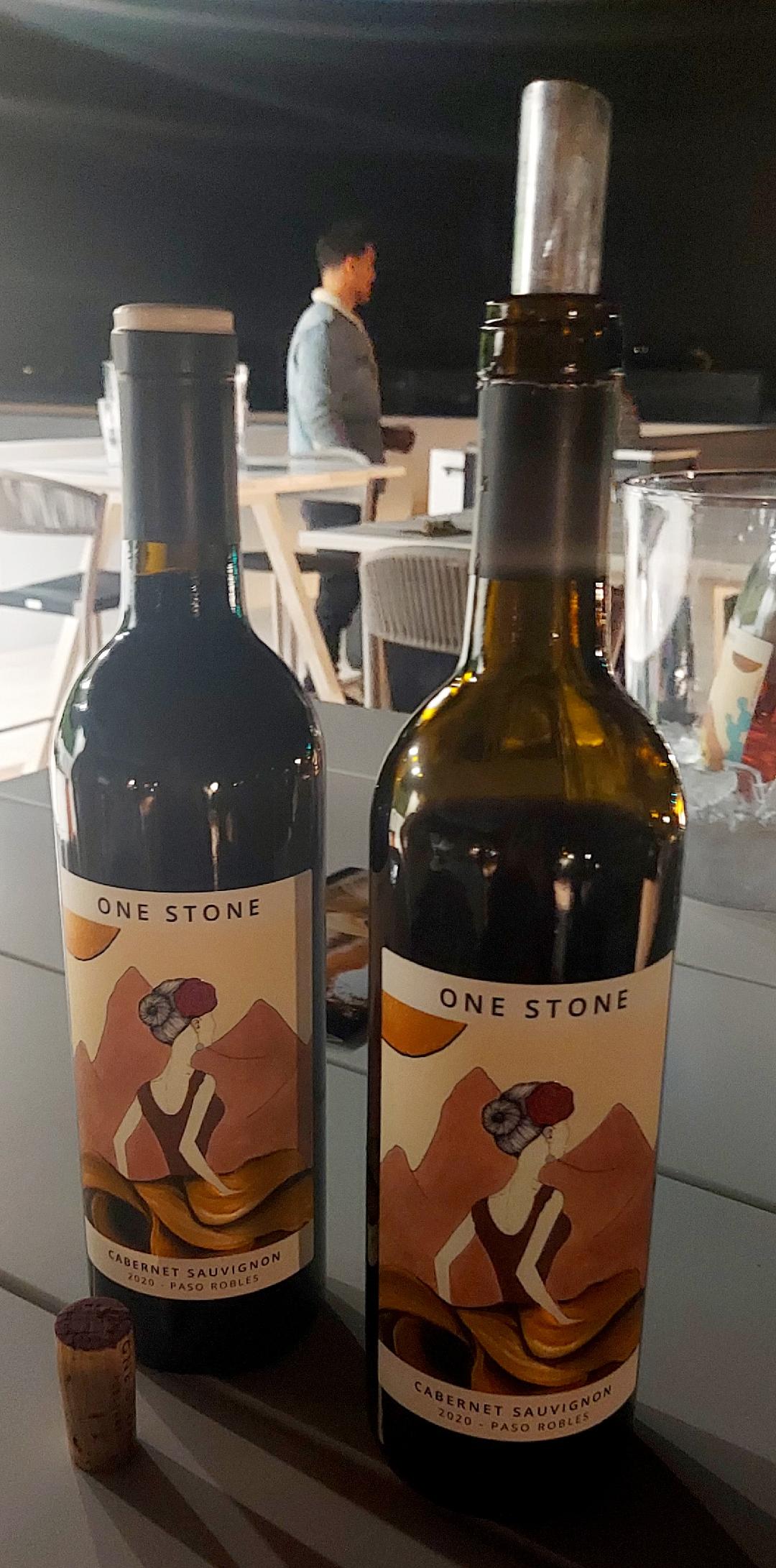 Some of my favorite wineries in SYV include Foxen, Casa Some of my favorite wineries in SYV include Foxen, Casa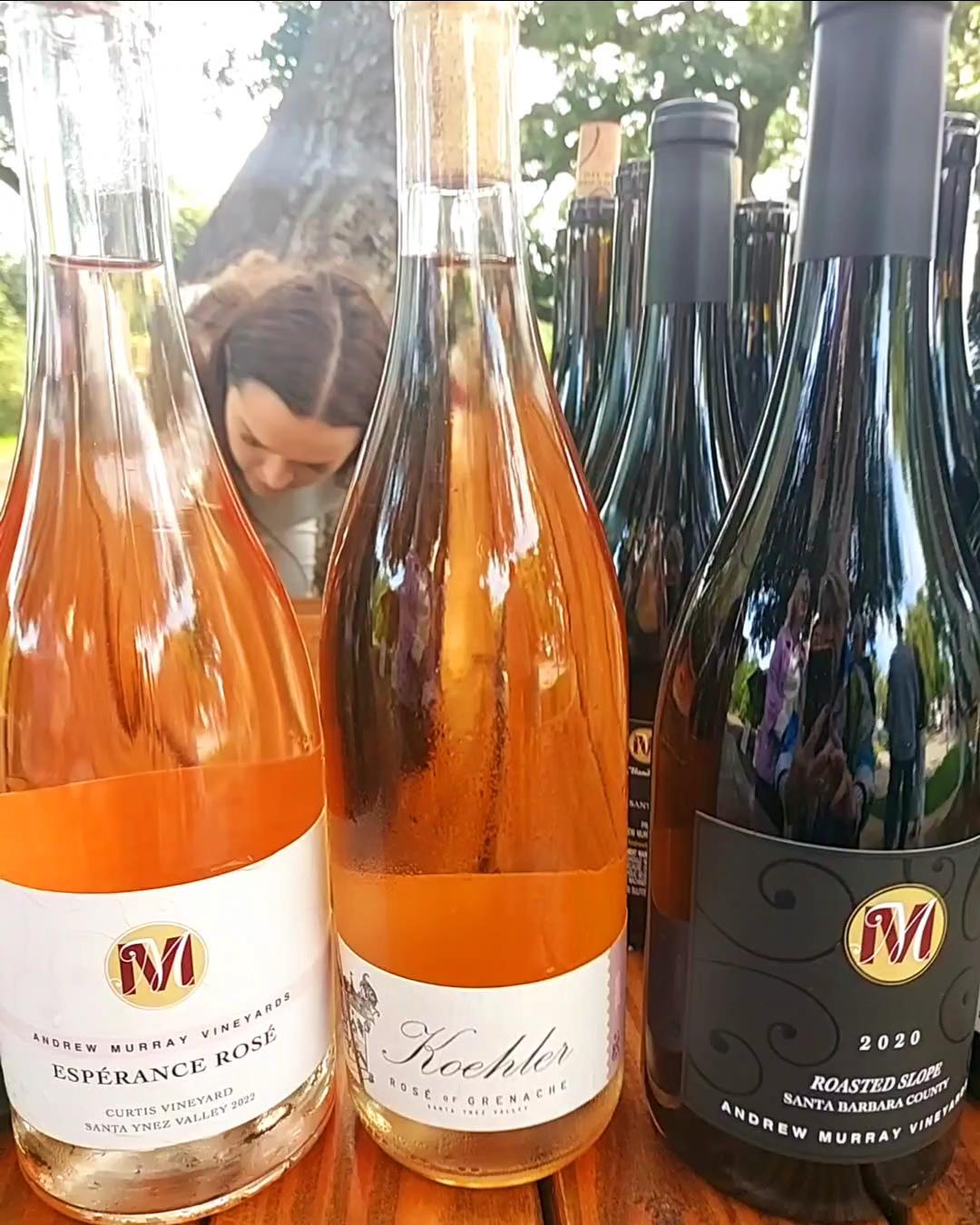 Dumetz, Lucas & Lewellen, Sunstone, Fess Parker, Gainey, Demetria, Firestone, Stolpman, Zaca Mesa, Koehler, Brander, Buttonwood Farms, and more. The SYV is home to so many outstanding wineries because this area seems to provide just the right conditions for exceptional grape varieties including Chardonnay, Pinot Noir, Sauvignon Blanc, and Syrah, as well as Bordeaux blends, Zinfandel and Rhone blends on the West side. This valley is a prime location for growing grapes thanks to the transverse Santa Ynez Mountain range and the valley’s south-facing orientation. Dumetz, Lucas & Lewellen, Sunstone, Fess Parker, Gainey, Demetria, Firestone, Stolpman, Zaca Mesa, Koehler, Brander, Buttonwood Farms, and more. The SYV is home to so many outstanding wineries because this area seems to provide just the right conditions for exceptional grape varieties including Chardonnay, Pinot Noir, Sauvignon Blanc, and Syrah, as well as Bordeaux blends, Zinfandel and Rhone blends on the West side. This valley is a prime location for growing grapes thanks to the transverse Santa Ynez Mountain range and the valley’s south-facing orientation.
It's always food & wine heaven at Roblar Winery, where.jpg) ExecutivChef Peter Cham, who was brought on several years ago and continues to create outstanding organic bites and event menus, including a brunch that is getting raves from foodies and Los Angeles food & wine scene scribes. The tasting room and outside patio are charming, and the staff are so helpful. Visit www.roblarwinery.com. ExecutivChef Peter Cham, who was brought on several years ago and continues to create outstanding organic bites and event menus, including a brunch that is getting raves from foodies and Los Angeles food & wine scene scribes. The tasting room and outside patio are charming, and the staff are so helpful. Visit www.roblarwinery.com. To a woman who serves on the executive board of the City of Santa .jpg) Barbara Puerto Vallarta Sister Cities Committee and loves Mexican Art, the Brander Vineyard is a special attraction due to Fred Brander’s charming Mexican Art Museum filled with his personal Mexican nativity art collection, which has increase over the years as a result of his many trips to Mexico. Sipping some Brander award-winning Sauvignon Blanc while viewing this collection is a truly relaxing way to spend an afternoon. www.brandervineyard.com. Barbara Puerto Vallarta Sister Cities Committee and loves Mexican Art, the Brander Vineyard is a special attraction due to Fred Brander’s charming Mexican Art Museum filled with his personal Mexican nativity art collection, which has increase over the years as a result of his many trips to Mexico. Sipping some Brander award-winning Sauvignon Blanc while viewing this collection is a truly relaxing way to spend an afternoon. www.brandervineyard.com. Looking forward to visiting the Los Olivos Margerum/Bardem new.jpg) tasting room, where they are serving a first-time food and wine pairing of Kumamoto Oysters with Barden blanc de blanc sparkling wine as well as a specifically designed Jina & Brian Bae BB Sushi Bento Box served with M5 White that has everyone talking and food writers rushing up to SYV to experience the original new F&B combinations. Please note: these items must be ordered at least one day in advance. For information visit: www.Margerumwines.com. tasting room, where they are serving a first-time food and wine pairing of Kumamoto Oysters with Barden blanc de blanc sparkling wine as well as a specifically designed Jina & Brian Bae BB Sushi Bento Box served with M5 White that has everyone talking and food writers rushing up to SYV to experience the original new F&B combinations. Please note: these items must be ordered at least one day in advance. For information visit: www.Margerumwines.com. From wine tastings with cupcakes, to exclusive weekend travel wine adventures starting in Los Angeles, it is all happening in Santa Ynez Valley. Some wine adventures are all-day tours and others run 4 hours 30 minutes with varying costs from approximately $129 to $259 per person and may include varying perks such as admission ticket free to Santa Ynez Wine Trail Santa Ynez Valley in the county of Santa Barbara wine country in California's Central Coast region, select winery tasting options, a picnic lunch, and more. Cheers! For detailed wine touring information on Santa Ynez Valley area tours visit : www.getyourguide.com/activities or www.viator.com/tours/Santa-Barbara/All-Inclusive-Wine-Tasting-Tour-Santa-Ynez-Valley or www.visitsantabara.com. Photos: Bonnie Carroll
Note: Bonnie Carroll is the former Beverly Hills Bureau Chief for Food & Beverage International Magazine and has done coverage on food and wine in numerous magazines and newspapers throughout the country as well as radio coverage since 1983.-
|


